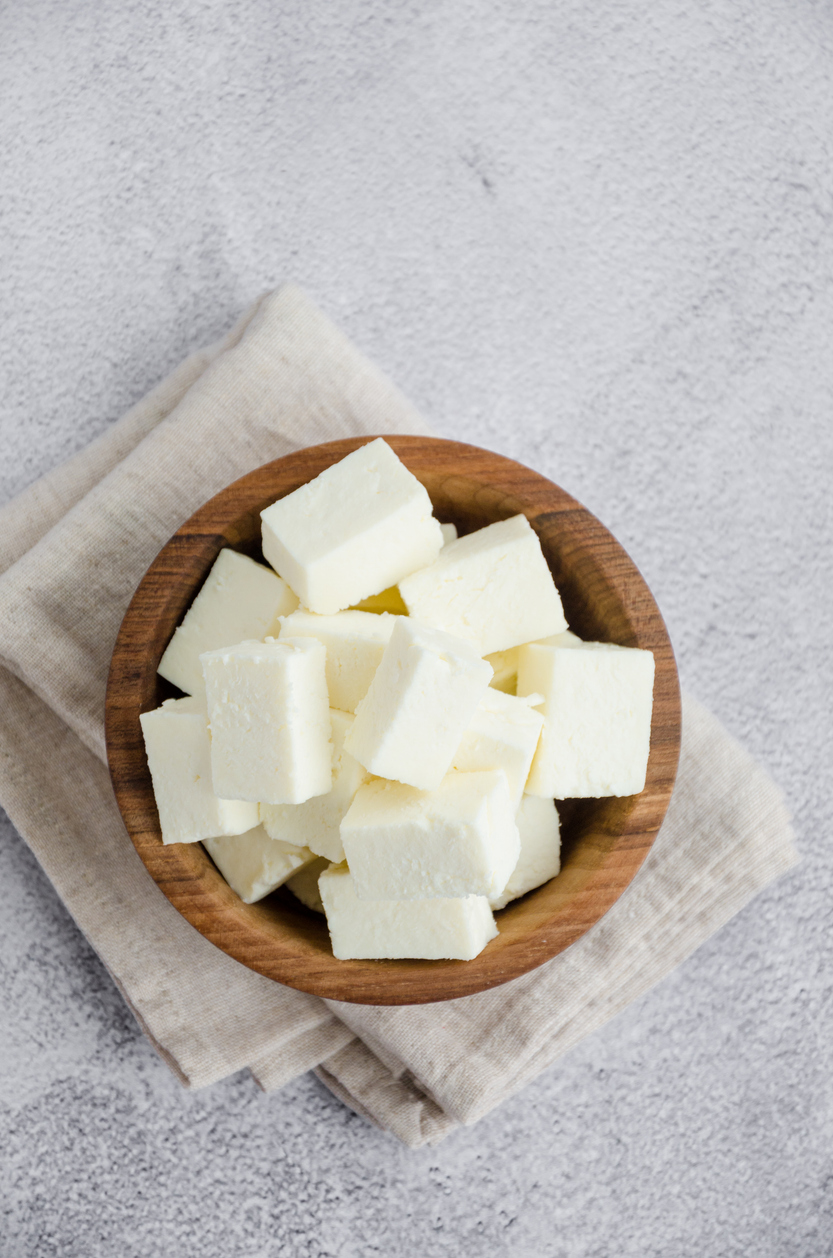If you have ever stopped by a biryani stall, you have probably noticed a large metal pot, gently steaming, covered with a bright red cloth. It is such a common sight that most of us do not think twice about it. But once you notice it, you cannot unsee it. The same red cloth turns up everywhere - from wedding buffets in Lucknow to street stalls in Hyderabad, from railway stations to office canteens. No matter where the biryani is served, that red cloth almost always makes an appearance.
So, what is the deal with it? Is it simply to keep the food warm, or is there more behind the choice of colour and tradition? As it turns out, the red cloth has a story that combines practical cooking wisdom, cultural symbolism, and inherited habit. It is not just about keeping the biryani hot; it represents a slice of culinary heritage that has quietly endured for generations.
Let us find out how this simple piece of fabric became such an unmistakable part of India's biryani culture.
Also Read: 5 Signs That Prove You Are The Ultimate Biryani Lover
The First Glance: What You See Vs What It Means
At first glance, the red cloth looks purely functional, a cover to keep dust out or trap heat. But for biryani vendors, it is more than that. That red cloth acts as a signal. It is their way of saying, "There is something special inside." It draws people in and gives a familiar, comforting cue.
In a busy street market, where a dozen dishes compete for attention, that splash of red becomes an unspoken brand in itself. It is simple, eye-catching, and tells you exactly what to expect before the lid is even lifted.

Photo Credit: iStock
Function First: Heat Retention And Steam Control:
Of course, there is solid reasoning behind the practice too. The red cloth is not just there for appearance; it serves a few smart, practical purposes:
- Heat retention: Cotton holds warmth and helps keep the biryani at serving temperature for hours.
- Steam control: It traps moisture inside the pot, keeping the rice soft and aromatic.
- Dust protection: Especially in open-air stalls, it keeps the biryani clean and safe from dust or flies.
Street vendors do not always have access to electric warmers or insulated containers. The cloth provides a simple, effective solution, one that has worked for decades. And as the tradition passed on, what began as practicality became something much more meaningful.
Also Read: From Biryani To Chai: 7 Indian Foods That Quietly Bind 1.4 Billion People
Why Red? The Colour Of Spice, Warmth And Celebration
That brings us to the obvious question: why red, specifically? Red has always held a special place in Indian culture. It is the colour of celebration, warmth and spice - everything that biryani stands for. From bridal sarees to temple flags, red is seen as auspicious and full of energy.
There is also a bit of psychology at play: red makes food look more inviting. It signals richness and heat, complementing biryani's own fiery flavours.
In a crowded bazaar or catering setup, a red cloth is hard to miss. It makes the pot stand out instantly. So, in a way, the choice of colour is as much about emotion and visibility as it is about tradition.
The symbolism of red ties the dish to its festive roots, while its practicality makes it timeless.
From Royal Kitchens To Street Stalls: The Origin Of The Tradition
The roots of this habit go back centuries, to the royal kitchens of the Mughals and Nawabs.
In those grand kitchens, biryani was cooked using the dum pukht method, slow-cooked in sealed pots so that the steam could not escape. Once ready, chefs would cover the pots with a clean cloth before serving, often in rich colours such as saffron or red, symbolising respect and festivity.
When biryani made its way from palace feasts to public streets, the ritual stayed. The silk and brocade covers were replaced by simple cotton ones, but the gesture remained the same, a mark of care and authenticity that every diner could recognise.
This continuity between royal kitchens and roadside stalls shows how traditions adapt without losing their heart.
Also Read: Is Veg Biryani Even A Biryani? Here's All You Need To Know

A Tradition Passed Down Generations:
Today, most biryani sellers do not even think twice about it. It is simply what has always been done. "My father used a red cloth, so I do too," says Rahim, a third-generation biryani vendor in West Bengal. "If I use anything else, customers ask if the biryani is fresh," he adds.
That small piece of fabric has become part of the experience. It is a comforting constant, something that connects modern biryani stalls to the flavours and rituals of the past.
The practice continues not because it is required, but because it is expected. For vendors and customers alike, the red cloth signals trust, familiarity, and authenticity.
Also Read: How To Make Biryani With Leftover Chicken Curry
From Tradition To Trend: The Red Cloth As A Cultural Icon
Over time, the red cloth has evolved beyond function and heritage; it has become a visual identity.
In pop culture, it appears everywhere - in travel documentaries, street food shows, and Bollywood films. Whenever a steaming pot covered in red flashes on screen, audiences instantly associate it with biryani. It is remarkable how a simple everyday habit, passed down over generations, has transformed into a cultural symbol, a link between heritage, community, and flavour.
What began as a kitchen necessity has become an icon of Indian street food aesthetics. A local biryani vendor from Hyderabad says, "Customers expect it. Without it, they think the biryani is not fresh."
Also Read: How To Make Burani Raita To Pair With Biryani

Photo Credit: iStock
The Bottom Line:
The red cloth on a biryani pot is not just there to keep food warm; it is there to keep a tradition alive. It carries a sense of continuity, connecting royal kitchens of the past to street stalls of today. It is functional, yes, but it also adds warmth, identity, and nostalgia.
About Somdatta SahaExplorer- this is what Somdatta likes to call herself. Be it in terms of food, people or places, all she craves for is to know the unknown. A simple aglio olio pasta or daal-chawal and a good movie can make her day.














